Where the Firth of Forth meets the horizon, three extraordinary titans of civil engineering stand shoulder to shoulder, weaving a tale of innovation and endurance across three centuries.
The Forth bridges – each a unique testament to the ingenuity of its era – stand as monuments to human ambition, linking the past, present and future in one breathtaking panorama.
The iconic Forth Bridge, a UNESCO world heritage site with its towering red cantilevers, has been an unyielding symbol of industrial might since 1890, its latticework of steel a daring feat of Victorian railway engineering.
The Forth Road Bridge, with its sweeping suspension spans, ushered in a new age of mobility in 1964. With a span of 1,006 metres between the two main towers, it was the fourth-longest in the world and the longest outside the United States when it opened.
Only later was its reputation for engineering excellence tarnished by traffic congestion and maintenance problems.
Completing the trio, the Queensferry Crossing, a marvel of modernity with its elegant, fan-shaped towers, reaches skyward, embodying the sleek, forward-thinking spirit of the 21st Century since its opening in 2017.
Together, these bridges are more than just transport links – they are the guardians of Scotland’s heritage, stretching across time and tide, connecting communities, and inspiring awe in all who stand beneath their majestic arches.
But with the 60th anniversary of the Forth Road Bridge being celebrated on September 4 – a date that also marks the official opening of the Queensferry Crossing by the late Queen in 2017 – what impact are the three Forth Bridges together having on tourism?
Forth bridges offer endless opportunity for Dundee photographer
The Forth bridges hold a special significance for Dundee photographer Shabaz Majeed, whose work has been deeply inspired by these iconic structures.
Aerial images he took famously featured on the £5 Clydesdale and £20 Bank of Scotland polymer notes.
As a photographer, Majeed, 41, is naturally drawn to bridges, often capturing their intricate designs and majestic presence from every conceivable angle.
However, the Forth bridges in particular offer an endless array of perspectives.
“Photographers are often attracted to bridges, whether featuring them as interest in their images or capturing abstract or architectural views of their construction/design,” he said.
“I am no different, having captured the Forth road and rail bridges for many years before the inclusion of the Queensferry Crossing, and now the trio in every possible way and angle possible.
“Having been under them, over them, and on top of one of them and even recently abseiling off the Forth rail for charity, their allure is unquestionable.”
Shahbaz has taken many a group of photographers to the bridges to capture them at sunrise and sunset. It never fails to surprise him the array of images people capture.
But now with the explosion of drones, there’s even more photographic potential.
Forth bridge ‘selfies’ are not uncommon
Outside the Forth Road Bridges Contact and Education Centre in South Queensferry, it’s not uncommon to see busloads of international tourists stop off for a quick selfie with the bridges as a backdrop.
These visitors, often from cruise ships berthed in the Forth, are usually on their way to and from Edinburgh.
But according to Fife Council’s Forth Bridges area tourism strategy manager Karen Stewart, who works with a coalition of local councils and national agencies, the bridges are as much a magnet for local tourists as they are for international guests.
The Forth Bridges Trail, a centrepiece of the tourism strategy linking North and South Queensferry, encourages visitors to engage more deeply with the area, exploring the historic and scenic surroundings by foot, bike, or even boat.
“The bridges are pivotal to regional tourism strategies that aim to transform fleeting visits into memorable, immersive experiences,” said Karen, who grew up in Bridge of Allan and remembers the “excitement” of crossing the Forth Road Bridge as a child when it had tolls.
“Three bridges spanning three centuries crossing the Forth. It’s of interest to people.
“The idea for the Forth Bridges Trail actually came during the Covid-19 lockdown when we weren’t allowed to leave our local authority area.
“It’s about taking the experience of the bridges and expanding it into something more – a half-day or even a full-day visit.”
Sustainable tourism at heart of strategy
Initiatives have been designed to make the journey as enjoyable as the destination.
Whether it’s a walk across the Forth Road Bridge – itself now a public transport corridor – a cycle through the connecting communities, or a boat trip offering unparalleled views of all three structures, there’s a concerted effort to ensure that visitors can appreciate the bridges from multiple perspectives.
Sustainability is also pivotal to VisitScotland, which recently delivered a joint digital marketing campaign with Sustrans which focused on ‘An Epic Cycling Adventure Round The Inner Forth’.
This pointed visitors to a dedicated webpage that details the route with a suggested itinerary.
VisitScotland’s own research shows ‘the Forth Bridges’, ‘Forth Rail Bridge’, ‘Forth Road Bridge’ and ‘Queensferry Crossing’ are popular search terms, with around 15,000 searches of ‘Forth Bridge’ a month.
According to their Scotland Visitor Survey, 13% of visitors to Scotland stated they visited a UNESCO site, rising to 16% for European visitors and 28% for long-haul visitors.
Outdoor activities are a core motivation for people coming to Scotland, with around a third mentioning it in the visitor survey. Scotland’s UNESCO Trail was also named in Rough Guides’ 24 best destinations to visit in 2024.
Feat of engineering
Caroline Warburton, destination development director at VisitScotland, said: “The Forth Road Bridge was a feat of engineering and the 60th anniversary is an opportunity to recognise its significance in connecting communities in Fife, Edinburgh and the Lothians.
“Its current use as a bus corridor, and a cycle and walking route, means it plays an important role in our responsible tourism activity, as we inspire visitors to use sustainable modes of transport.
“We know, from our research, that the iconic Forth bridges continue to be popular with visitors and are a key part of the visitor experience in the region.
“The Forth Bridge, in particular, is one of Scotland’s major landmarks and a special attraction which is recognised across the world.
“The Forth Bridge Trail and the Round the Inner Forth cycle route are great examples of the work being done by local partners, and VisitScotland, to capture the interest in the bridges and encourage visitors to explore the surrounding communities by bike or on foot; helping to spread the benefits of tourism around.”
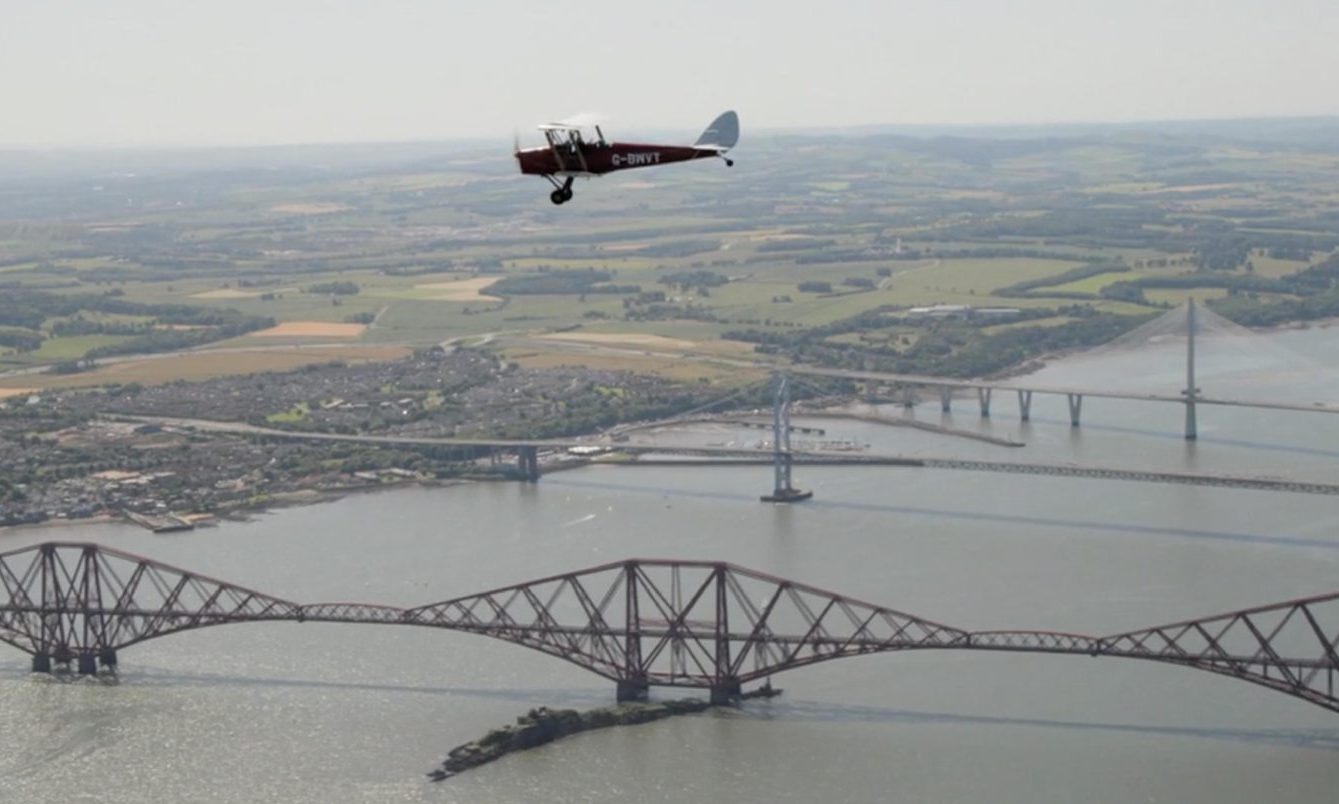
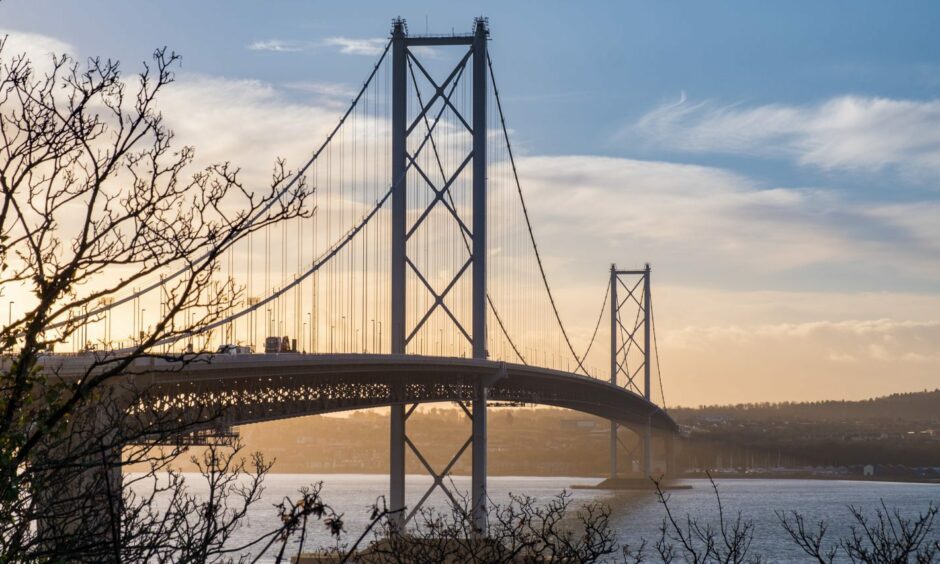
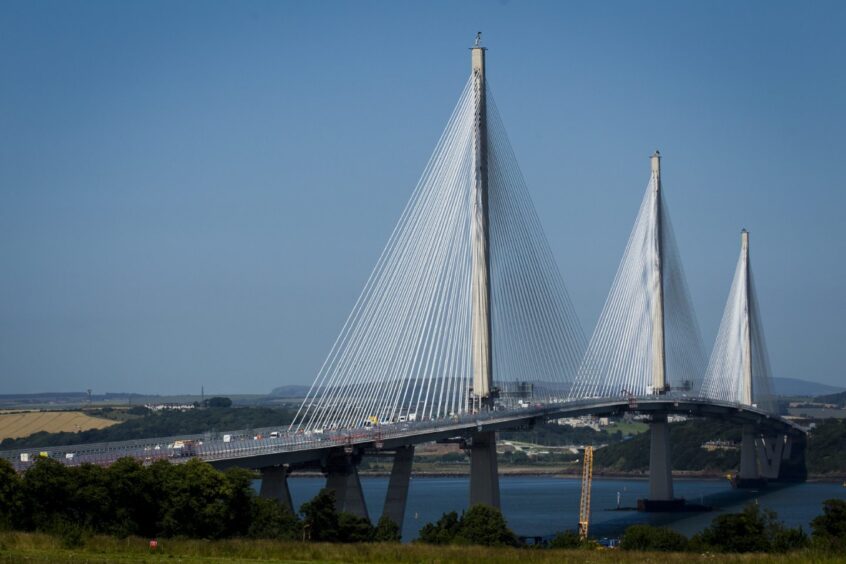
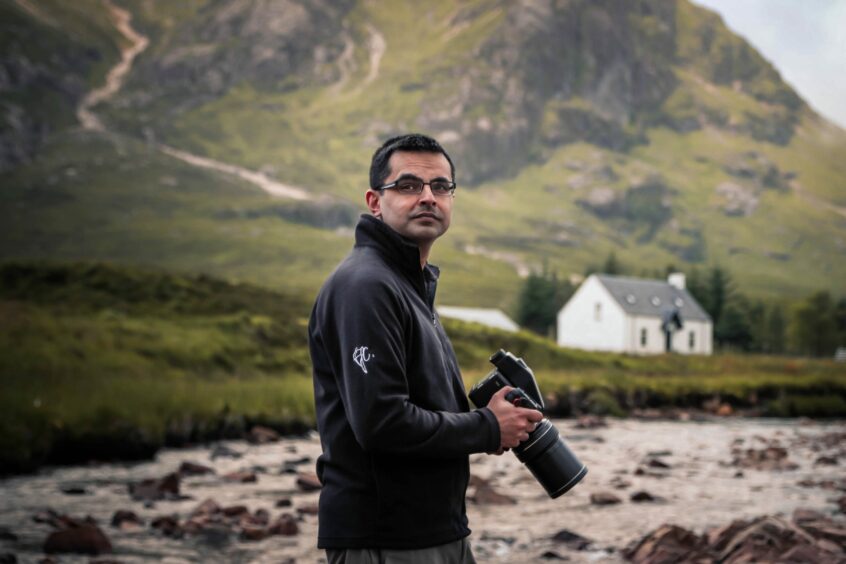


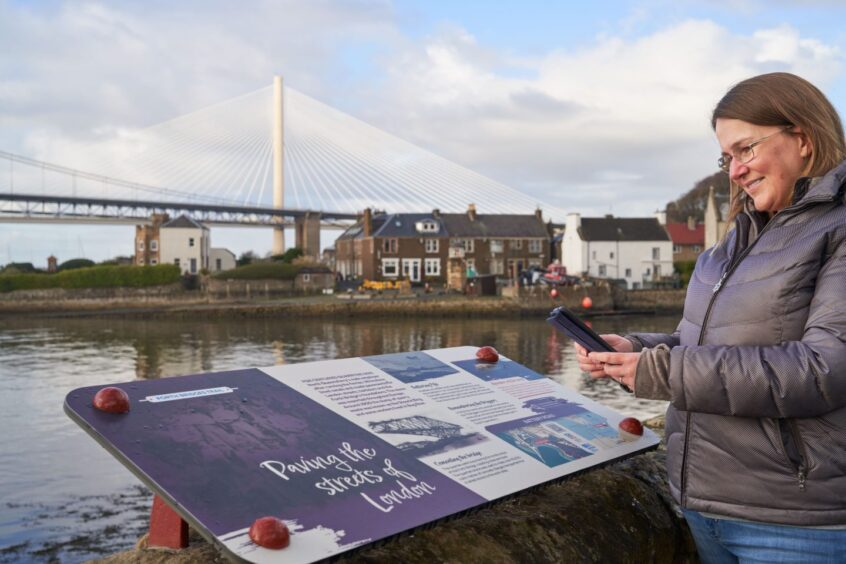
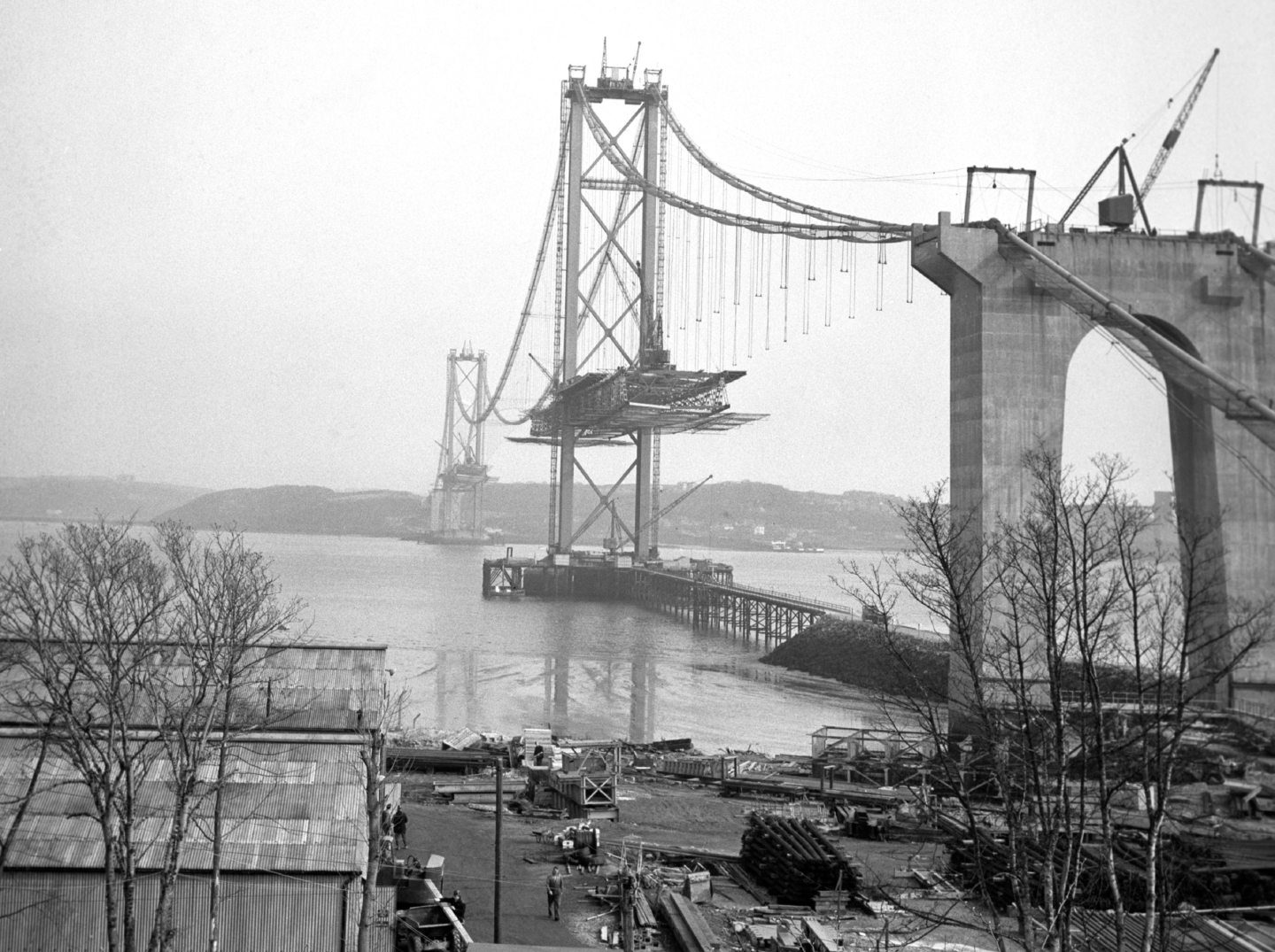
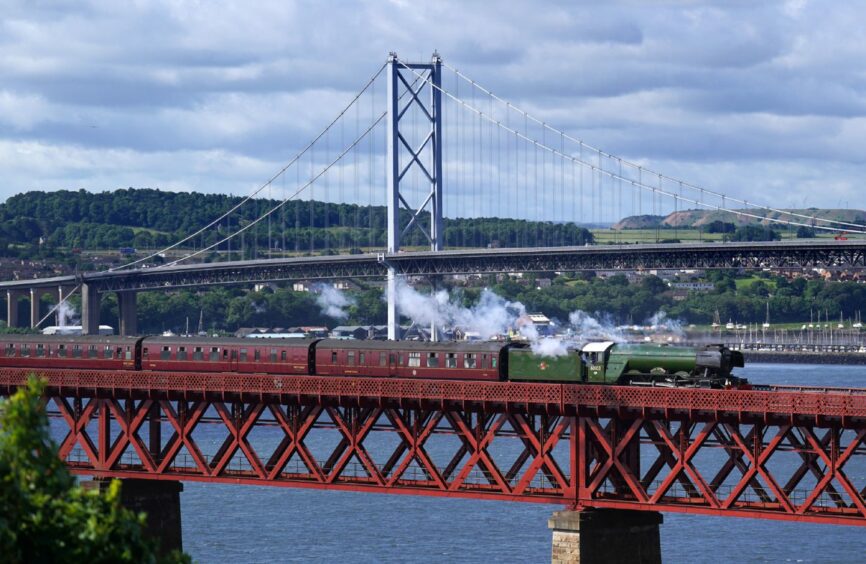





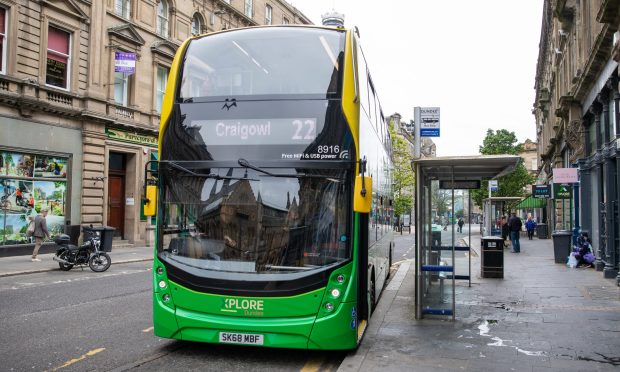
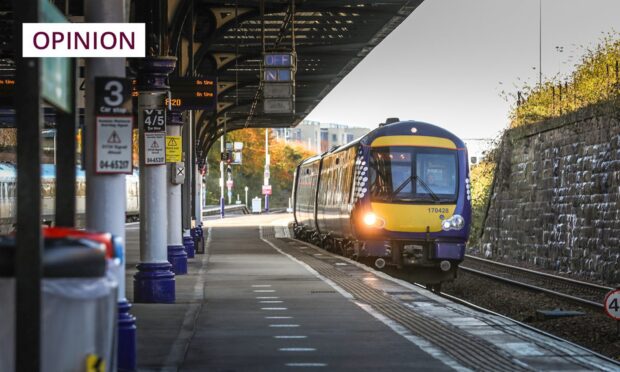

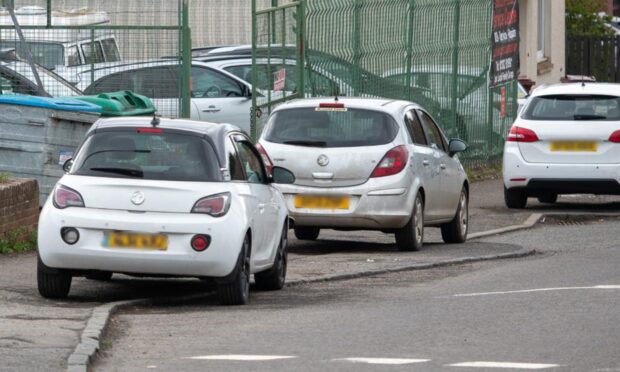


Conversation